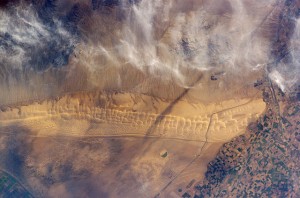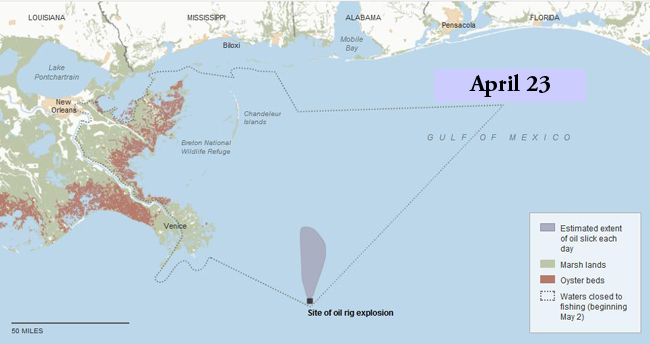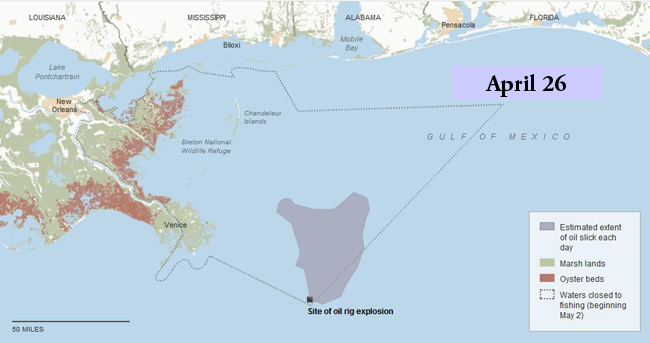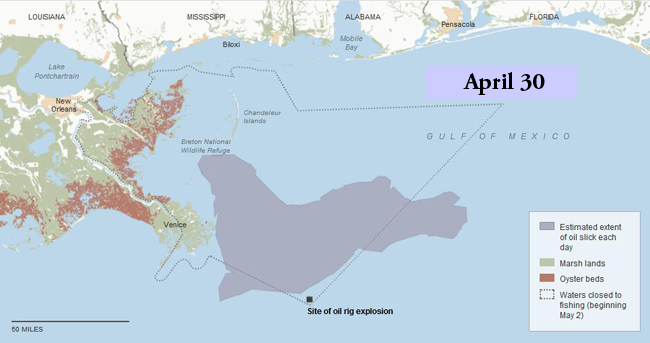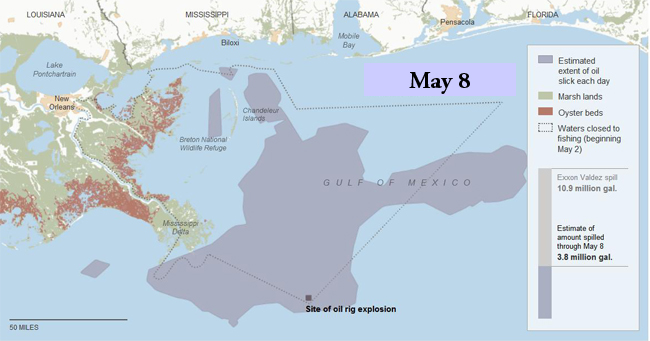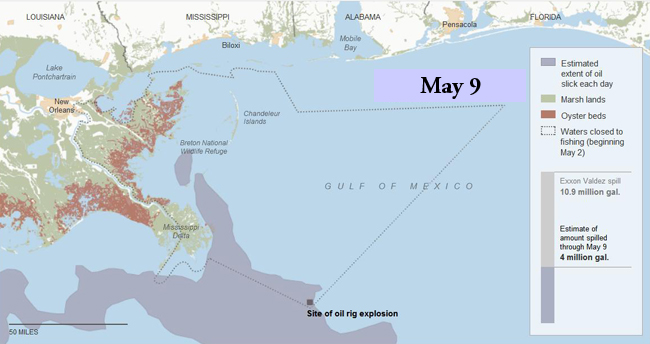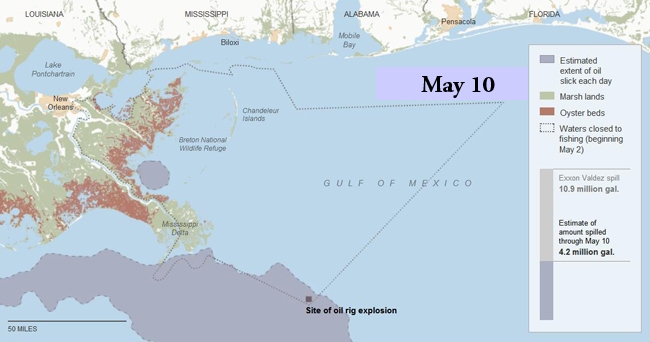From ever-vigilant watchdog group, Public Employees for Environmental Protection (PEER), comes news that the Interior Department plans on opening nearly 50,000 acres of the largest dune ecosystem in the United States to off-road vehicles.
This change displays a frightful ignorance of biology and a complete disregard for wildlife habitat from an agency the public trusts to protect these sensitive areas.
- Karen Schambach, PEER
From their Website:
The Bureau of Land Management released a new recreational plan today for California’s Algodones Dunes that will open up almost 50,000 additional acres of land, including important habitat for rare and vanishing species, to unlimited off-road vehicle use. Currently, ORVs are prohibited from those 49,300 acres.
The plan is the largest conservation rollback in the California desert in more than a decade and conflicts with the BLM’s own goals of ensuring meaningful, enduring conservation of dunes to offset the impacts of large-scale renewable energy projects in the California desert.“This plan pushes the rare plants and animals of the Algodones Dunes closer to extinction, robbing them of a huge part of their safe haven,” said Ileene Anderson with the Center for Biological Diversity. “I’m shocked that the BLM decided to adopt such a destructive, damaging plan — right when it should be carefully protecting these wild creatures and places to make up for vast energy projects that are being developed nearby.”Also known as the Imperial Dunes, Algodones is the largest active sand dune formation in North America, covering about 200,000 acres in the southeastern corner of California’s Imperial County. The dunes create unique habitats for numerous species, from lush woodlands on the east side to shifting blowsands in the middle and stabilized sand flats on the west side.
